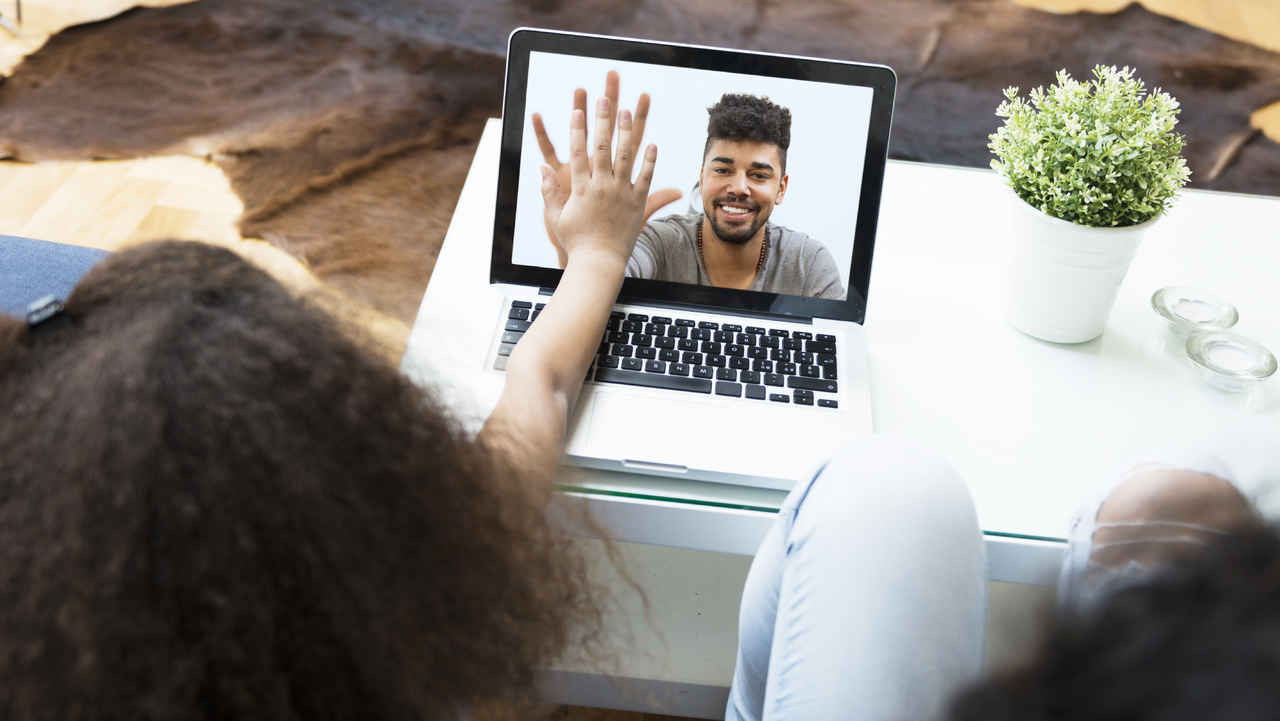
First the toilet paper and hand sanitizer aisles were bare. Now your boss gave you instructions to work from home, your kids’ school is closed and you can’t go out for dinner, to a movie or the mall. While it may feel extreme, these steps are being taken to help prevent the spread of COVID-19 – a public health strategy known as social distancing.
Social distancing means you should avoid people as much as possible. So you should stay at least 6 to 10 feet from anyone except your immediate family. The goal of social distancing is to reduce exposure to large crowds, like ones you’ll find at concerts, crowded bars or schools.
-
What is Social Distancing?
Social distancing is intended to physically keep people away from each other to help stop the spread of a virus or other contagious disease. By limiting social interaction, it prevents sick people from coming in contact with healthy people and spreading illness.
COVID-19 is spread by coming into contact with the respiratory droplets from an infected person. This can occur when someone with the virus coughs, sneezes or even talks near you. You may also come into contact with the virus when you touch surfaces where these droplets have fallen and then touch your face with your hands. People who don’t have any symptoms may still have the virus and can spread it to others in this way. That’s why everyone is being encouraged to keep their distance from others.
Social distancing doesn’t mean things have gotten out of control. In fact, it aims to prevent that from happening. It is done to “flatten the curve” – which means it is designed to slow the spread of the virus so there aren’t too many cases at once. This not only makes it less likely you’ll contract the virus, but it also stops hospitals from getting overwhelmed and being unable to provide proper care to those who need it.
-
What Should You Do?
Here are some basic social distancing guidelines:
- Stay at home as much as possible, especially if you’re over the age of 60.
- Keep 6 to 10 feet away from other people.
- Avoid crowded areas.
- Work remotely, if possible.
- Limit or avoid travel.
- Avoid handshakes, hugging and kissing.
- Don’t share dishes, drinking glasses, eating utensils, towels or bedding.
- Stay home if you’re sick until your doctor clears you to leave. Even if your symptoms are mild, this helps prevent you from passing the virus to others who may be at higher risk of serious complications.
The most important thing you can do is listen to the advice of public health officials. Even if you feel fine or think you’re not at risk of serious complications from COVID-19, following social distancing strategies is vital to getting the outbreak of this virus under control. Because you can spread the virus to others even before symptoms appear, limiting your social interactions helps avoid a more widespread problem.
Original source: https://www.baldwinpublishing.com/coronavirus-content/#article/social-distancing-what-is-it-how-do-you-do-it